River Activities
The Pacolet River provided a never ending source of activities for fun and entertainment. Listed below are many of these. Click on the activity to go to that part of the page.
Fishing Cooter Hooks and Cooter Fishing Trot Lines Fish Baskets
Frog Gigging Seining Drawing the Gates
American Indians began fishing in the Pacolet River as long ago as 10,000 or 12,000 years. Recent evidence along the Savannah River indicate that Indians were in South Carolina as early as 40,000 years ago. Regardless, people have enjoyed fishing in the Pacolet for a long, long time.
Some of this fishing activity was quite different than what we think of fishing today. One of these was the use of “fish dams” placed out in the river. One rare surviving example is on the Broad River, close to the town of Carlisle, SC. This fish dam was made of piled up stones that made a “V” shape pointing down river. It is believed that the narrow end of the “V” was used to hold a basket type trap to catch the fish being funneled between the piled up stone walls. Probably, the Indians went into the river upstream of the fish dam and “drove” the fish down in to the traps by splashing in the water.
No examples of fish dams survive on the Pacolet, but it is very likely they were used on it. The fish dam on the Broad River is only about 20 miles from where the Pacolet flows into the Broad River.
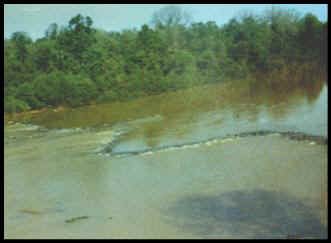
Indian Fish dam still exists on the Broad River
It is very likely that the Indians used fish traps, seines, spearing and other methods on the Pacolet. It is also possible that they used plant “poisons” to make the fish rise to the surface so they could be caught. It is known that some Indian Tribes used this method in other places.
When the white Europeans came to settle on the Pacolet, about 1740, they continued the use of some of the Indian methods of fishing. The availability of metal fish hooks to them made what we now think of as “fishing” more common. The Indians did have bone and even stone fish hooks but this type of line fishing was not their main method of catching fish.
Up until about 1880, the Pacolet River remained pretty much as it had been when the Indians were living beside it. However, the coming of the textile industry along the river resulted in dams being built up and down the river. These dams provided water power to run the mills but they drastically changed the river. These changes last until this day. In addition to stopping the free flow of the river, the coming of the textile mills led to more and more pollution of the river. At first it was not so bad. The houses in the first mill villages had outside toilets that resulted in the waste being buried under ground. Sometime around the First World War, sewer collection systems began to be installed in most of the villages. Toilets were installed in the houses and the waste was emptied into the sewer piping. The trouble was that the piping emptied right into the river. By the 1950’s, the river was also one vast sewer. Every town along it dumped their raw sewage into it. This was not completely changed until the 1970’s and 1980’s when the Federal Clean Water laws prohibited the dumping.
Increasingly, after the 1900’s, the mills also dumped their waste chemicals in to the river. The sewage and the chemicals took a toll on the fish population.
Over time, the River has been cleaned up considerably from what it was. However, there are still pollutants in the River from water runoff from roads, parking lots, subdivisions and farming use.
In the 1940’s and 1950’s people fished mostly for catfish and carp. They used a rod and reel or cane poles. The spinning reels had not yet been invented or in wide spread use and the reels were subject to “backlash” if not cast out perfectly. The end result of a backlash was a massive tangle of the fishing line in the reel. It was almost impossible to untangle. It was possible to trace who was having backlash problems from the outburst of profanity that usually went along with it. Many little boys got their first lesson in how to curse correctly from being around an adult when he got a backlash.
Various things were used for bait. Worms were popular for catfish. A good place to find big worms suitable for fishing was around the hog pens that were in the company pasture. A popular bait for carp was called “mush” and it was home made. If I remember right, it was made from wet corn meal and cotton. This was mixed together with a small amount of vanilla. The final product was made into a ball about the size of a soft ball. Bait for an individual hook could be torn off this ball. (The mush ball smelled like candy because of the vanilla. When I was about 3 years old, one of my uncles made the mistake of leaving one of these great smelling balls where I could get to it. By the time, he came back, I had eaten about half of his bait and still had the cotton fibers in my teeth.)
People fished all along the river and had their favorite places. The “Island” down behind the Methodist Church was popular with many. Another favorite place for many was on the wall of the tailrace at the Old Mill (Mill No. 3). The tailrace was where the water exited the turbines that produced electricity in the mill and went back into the river.
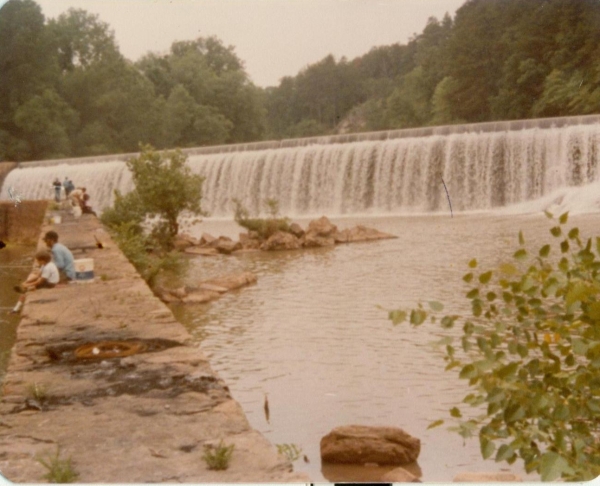
People fishing from the tail race
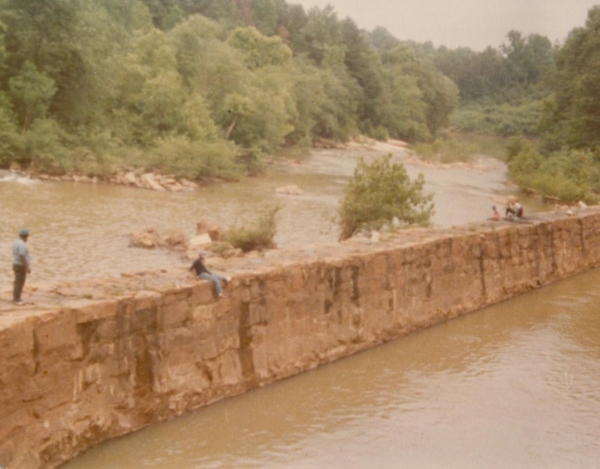
Another view of the tail race
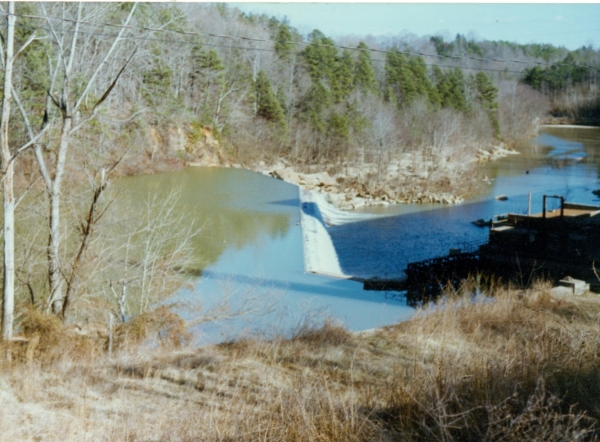
View of mill pond above the Old Mill Dam
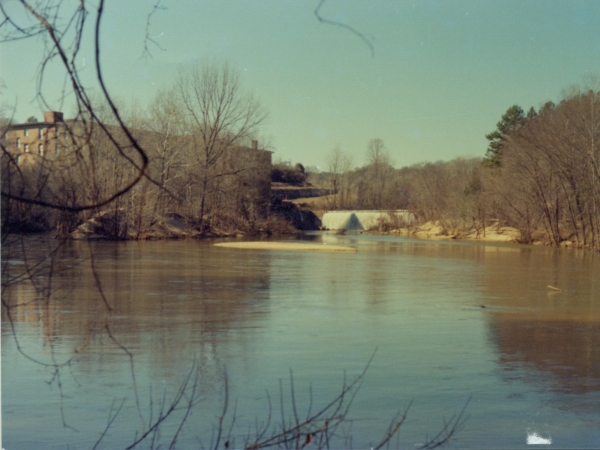
View looking up the river toward the Old Mill and dam
A popular activity was to “set” out “cooter hooks”. A cooter was a snapping turtle. They were numerous in the river and often grew to a large size.
A thick string about three or four feet was needed for each cooter hook. A band from the mill was best. It was very strong and not break under the effort of a big cooter. The cooter hook itself was wicked looking. It looked like a fish hook but was much, much bigger. The hook was tied securely on to the string or band. Each hook was baited with a piece of meat of some kind. The hook and string were then tied onto a root or tree and dropped into the river. The process was repeated until all the hooks were out. This could be done by walking along the bank or from a small boat.
If I remember right, the hooks were set out in the afternoon and allowed to remain over night before checking them. You would go back to each hook and line and remove any cooters that you may have caught.
My wife remembers going with her Dad, Bill McKinney, when she was about 15 years old. They were in a small boat on Lawson’s Fork Creek. The creek was shallow and ever so often her Dad had to get out and push them over a sand bar.
You had to be very careful when removing a cooter from the hook. They were not named “Snapping Turtles” without a reason. They could give you a nasty bite. The old saying was that if a snapping turtle bite you, he would not let loose until it thundered.
The cooters were a delicacy and did not go to waste. The meat was used in many a cooter stew and the stew itself could be a big social occasion. It required a good deal of skill and knowledge to know how to skin and dress out a cooter to get the meat and to know how to make the stew.
Bill McKinney knew how to do all of this and often had cooter stews for his friends in Glendale.
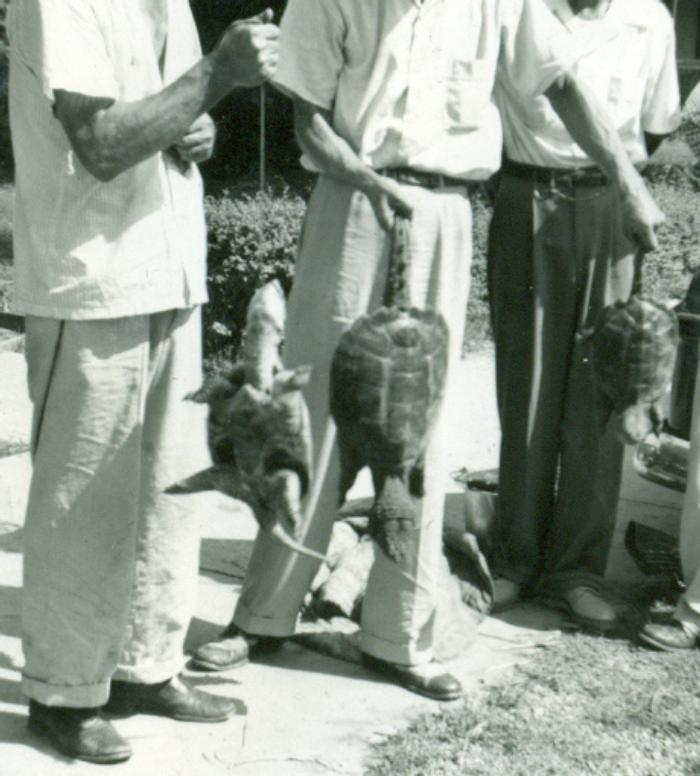
Results of setting out cooter hooks
One favorite activity on the river was to “run a trot line’. The trot line itself was a long, heavy piece of string or even a small rope. Sometimes, it was long enough to run all the way across the river. It was tied to a tree on each side. Every two or three feet on the main line was tied a short piece of string, maybe three or four feet long. At the other end of the string was tied a fish hook. After the main line was run across the river, the fishermen baited each of the individual hooks. On a long trot line, there might be twenty or thirty or more hooks. After all the hooks were baited, the fishermen waited. Every so often they would check their hooks in a small boat. They would go the entire length of the line, carefully checking each individual hood. They removed any fish that were caught and re-baited any hooks that needed it.
Trot lines were more than just sport. Under the right conditions a trot line could catch a lot of fish and also feed a lot of people.
Fish Baskets
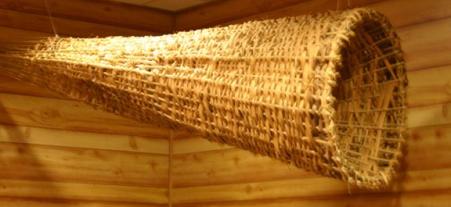
There is not much sport to using a fish basket or trap. They were strictly for collecting lots of fish with a minimum of effort.
Baskets were made either of natural material like split oak or of metal resembling chicken wire. Regardless of the material, they all worked the same way. A sort of funnel, with a small opening at one end was used inside the mouth of the basket. This allowed the fish to easily swim in but made it difficult to swim out. If I remember correctly, the bottom end of the basket was baited with some sort of food bait to attract the fish to come into the basket.
In use, the basket was sunk under water and then securely fastened to something like a tree or rock to hold it in place and to mark its position for recovery. I believe that the baskets were allowed to stay underwater overnight before being checked.
The baskets would be raised out of the water to see if it held any fish. There was a simple hinged opening at the bottom of the basket to remove the fish and to re-bait the basket.
The use of fish baskets was once widespread among the various American Indian tribes.
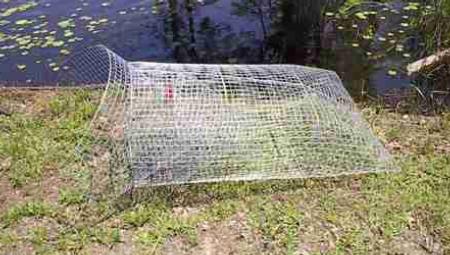
Seining
Seining was a popular pastime in the summer. The seine was a long rectangular net with a pole on each end. In use, one person held the pole on one end and another the pole on the other end. Seining had to be done in water shallow enough to walk in. The net was stretched between them and pulled through the water as they walked. Any fish along the way would be caught up in the net. Every few feet the seine would be raised up to remove any fish that had been caught.
The seine and its end poles were somewhat like a volleyball or badminton net that you might use in your backyard. The seine had stronger poles and a stronger net with smaller openings.
In the photo below, Olin (Bot) Cook and another boy use a seine in the river below the upper dam. Note the old iron bridge and the New Mill in the distance.
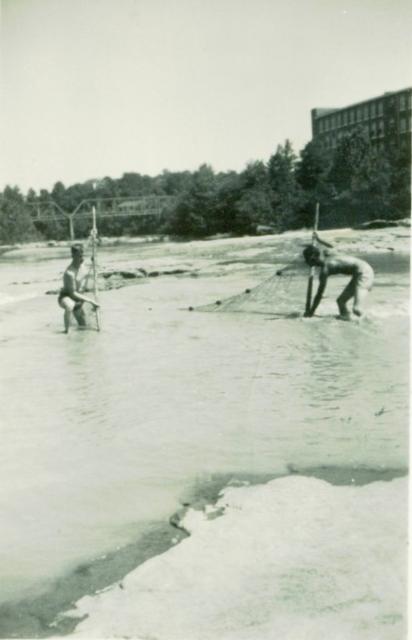
The photo below shows the result of a successful seining expedition on the Pacolet River in the 1940's. The boy in the center holding the large fish is Olin (Bot) Cook who is also shown using the seine in the picture above. It is not known if this fish was caught at this same time. Notice that some details of the seine can be seen in this picture.
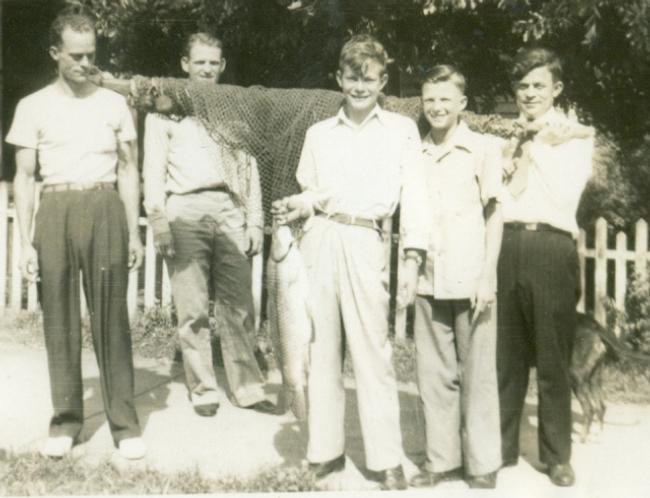
Frog Gigging
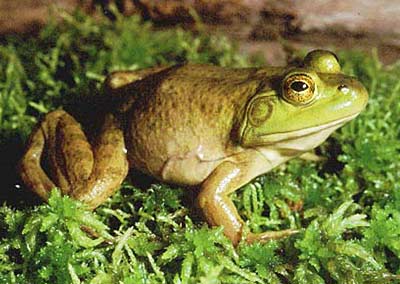
Frog gigging was a popular activity at night in the summer time. Bullfrogs were plentiful along the river and the sound of their calls could be heard a long way off. At night, they would come out of the water and mud and sit out in the open.
The main weapon of choice in collecting the frogs was the gig. This was a wicked looking little device that was made like a miniature pitch fork. The gig was attached to the end of a long wooden or bamboo pole. The frog hunters would walk along the edge of the water or move along the edge in a small boat. They used flashlights to seek out the frogs. The eyes of the frogs seemed to glow in the light.
Once the frog was seen, the hunter carefully tried to get close enough to use the frog gig. If he were successful, he would make a quick thrust with the pole and gig and the frog would be impaled on the tines of the gig. Often, however, the frog would leap into the water and escape the gig at just the last minute.
A few folks hunted the frogs using a .22 rifle. This was not only expensive because of the bullets but lots of frogs were lost after being shot.
The captured frogs were cleaned and skinned for eating. About the only part of the frog that was edible were the legs. They were all muscle and often did a curious thing in the frying pan. Even after being removed from the frog and being skinned they could still move because of the effect of the heat on the reflexes of the muscles.
Not everyone liked to eat the fried frog legs. Many that did, however, said “They taste just like chicken.”
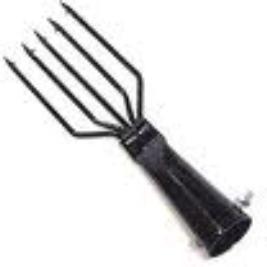
Drawing the Gates

The Gates at the Old Mill (No. 3)
Some might say that this was not recreation. However, when the word went out that the "gates were being drawn", it was a time of lots of excitement and activity among many of the boys and men. A wonderful description of this is given in The History of Pacolet - Volume 1 as follows:


This web site has been started as a public service to share the story of Pacolet.
See more information about my Pacolet connection at Gerald Teaster.